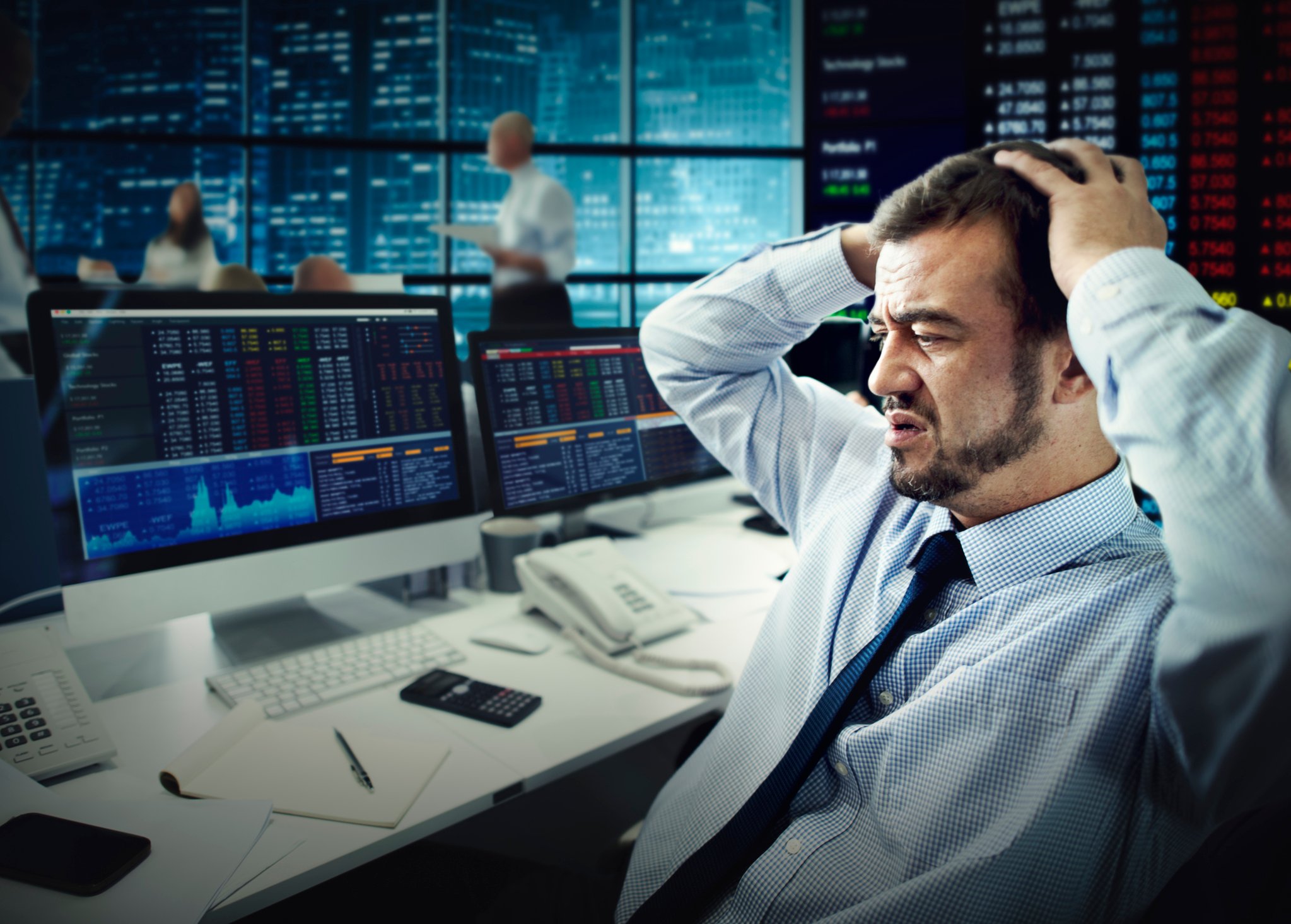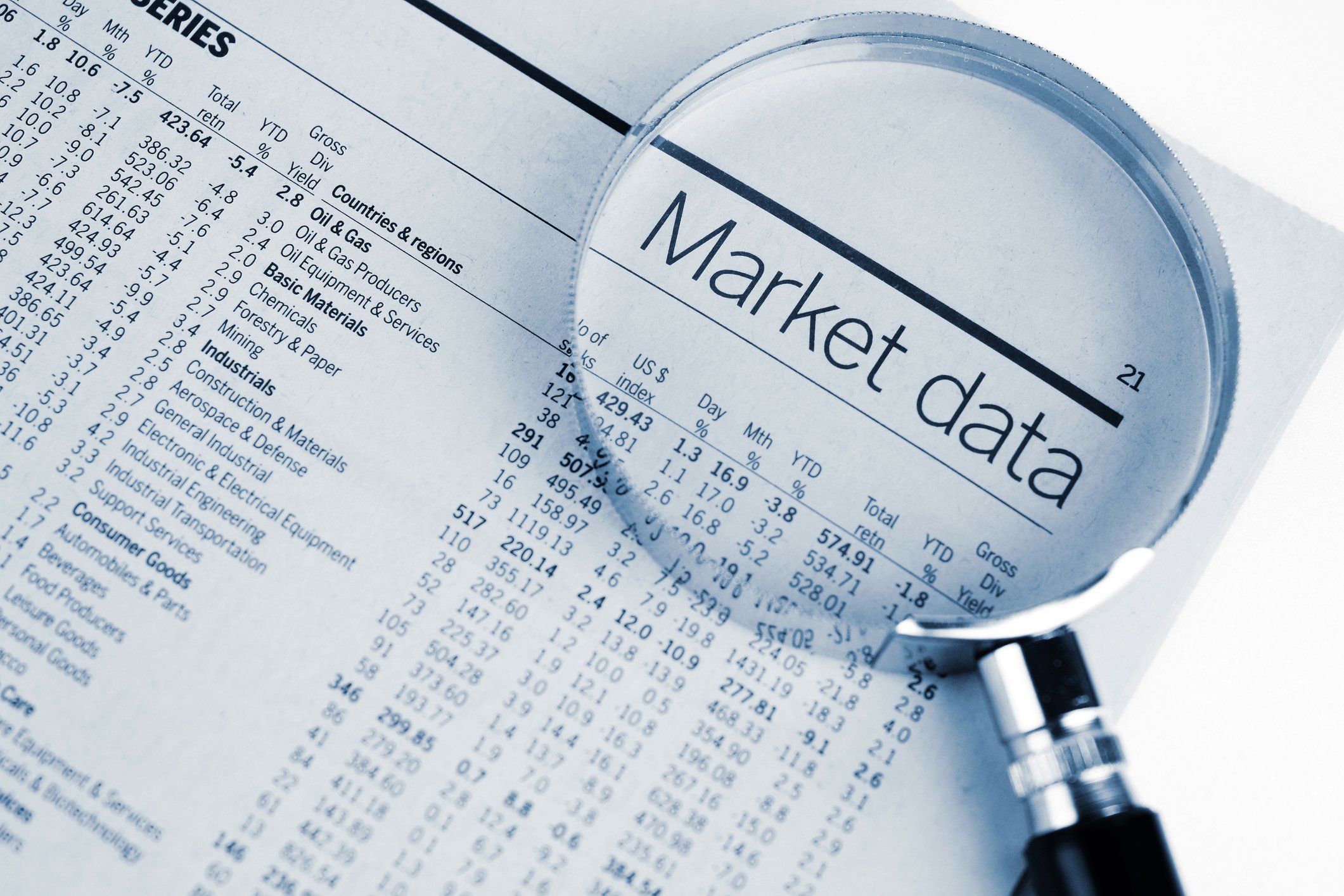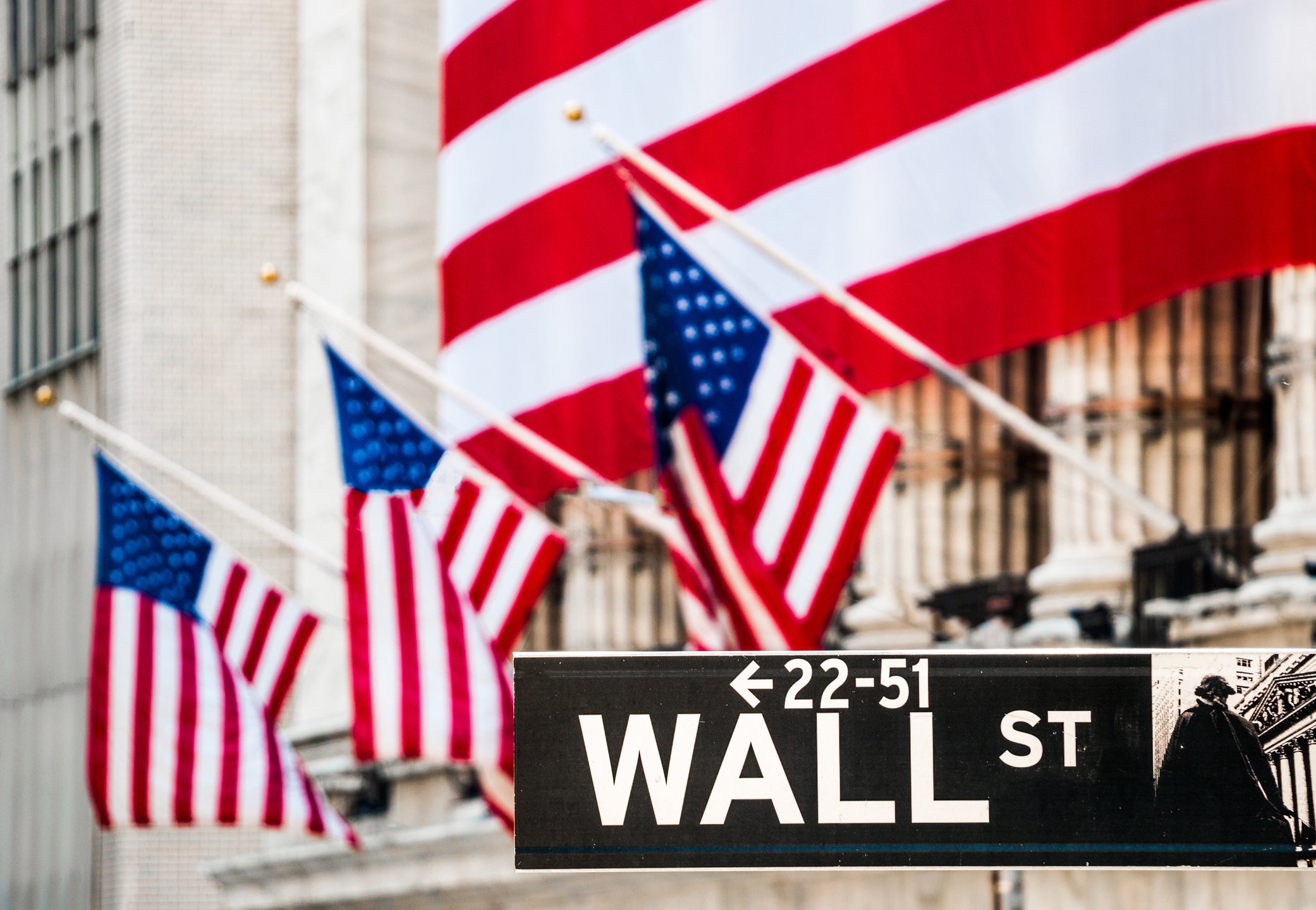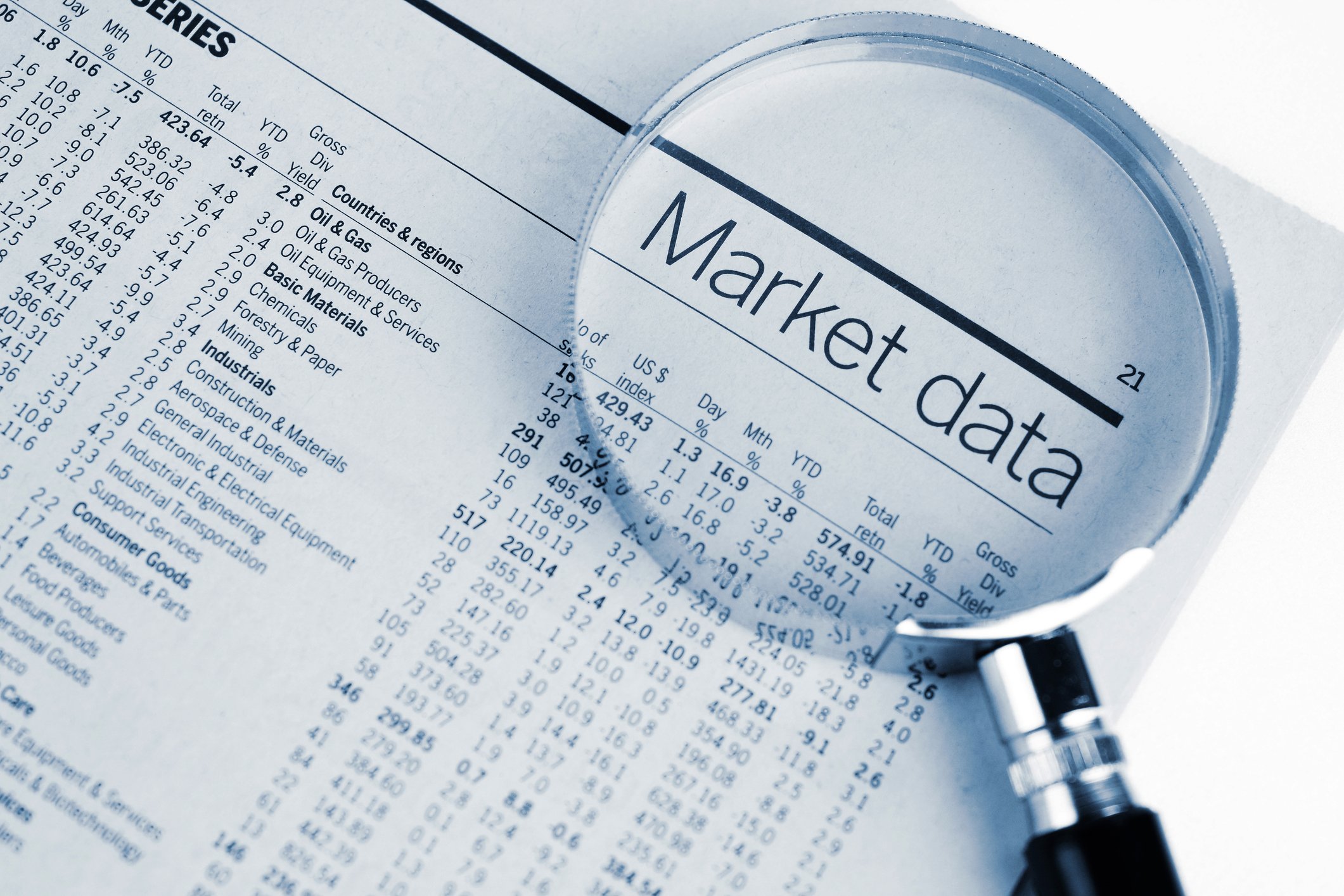
Image source: Getty Images.
If you've turned on the television or picked up a newspaper at any point over the past six weeks, there's a really good chance you've been bombarded with the expectation that America's most iconic stock market index, the Dow Jones Industrial Average (^DJI +0.38%), would hit 20,000. The index came painfully close, hitting 19,999.63 on an intraday basis on Jan. 6, 2017. Since Dec. 6, the Dow has been well within striking distance of this milestone.
For Wall Street, Dow 20,000 is a reason to celebrate. It would put the Great Recession in the rearview mirror once and for all, and it would, in the minds of many pundits, imply that the seven-plus-year bull market is here to stay. It could also be construed as a sign that the U.S. economy is completely healthy.
However, this Fool is utterly sick and tired of the hoopla surrounding Dow 20,000, and I believe you should be, too. Here are four reasons why Dow 20,000 could be an enormously overrated event.
1. It's a completely arbitrary figure
To begin with, Dow 20,000 is a completely arbitrary number that Wall Street has plucked out of thin air to celebrate. Sure, it has a nice ring and roundness to it, but the Dow Jones hit 17 new all-time highs between the Nov. 8 election and the end of 2016. Why weren't any of those new all-time highs celebrated in the same fashion as pundits are pumping Dow 20,000? I guess hats with "Dow 19,974" just wouldn't have the same sales appeal as those with "Dow 20,000."

Image source: Getty Images.
2. Valuations are supposed to rise over the long term
Second, it might as well be a fact that the stock market rises over the long term. High-quality companies tend to increase in value over time, and the Dow Jones Industrial Average is comprised of 30 of the largest and (often) most stable U.S. multinational companies. Given enough time, these companies should increase in value, sending the Dow higher.
Historically, the stock market gains about 7% annually, inclusive of dividend reinvestment. This would imply an approximate doubling in stock market indexes every 10 years. Should we really be all that shocked that the Dow made it to 20,000 (or nearly to 20,000 as it stands now) given the historical data?
3. The Dow is a flawed index
Third, the Dow Jones Industrial Average is somewhat of a flawed index, and is thus not entirely representative of the health of the U.S. economy or U.S. stock market. Unlike the broad-based S&P 500, which has a numerical value that's determined by market cap weighting, the numerical value of the Dow Jones is determined entirely from the changing in share price of its 30 components. In simpler terms, components with a higher share price have far more weighting than those with a lower share price, regardless of their market cap.
Based on the current Dow divisor, every $1 move in the index's components translates into approximately 6.87 Dow points. For example, if Cisco Systems, General Electric, and Pfizer, the three Dow components with the lowest share price, all dropped by 20%, the corresponding move lower in the Dow would be just 129.08 points, or less than 1%. By comparison, if Goldman Sachs (GS +1.96%), 3M, or IBM, the Dow components with the highest share price, all fell 20%, the Dow would plummet by 809.33 points, or more than 4%. In fact, Goldman Sachs, which is the seventh-smallest component by market cap of the Dow 30, is responsible for 1,678 of the Dow's current 19,885 points.

Image source: Getty Images.
4. Dow 20,000 has zero impact on your investing strategy
And if that last point wasn't enough reason to make you forget about Dow 20,000, how about a firm reminder that Dow 20,000 has absolutely no bearing on the companies in your portfolio.
While it's always possible a little short-term euphoria upon hitting Dow 20,000 could push the Dow components slightly higher, hitting Dow 20,000 isn't going to change the investment thesis on any of the companies you own one iota. It's not as if Dow 20,000 is going to suddenly cause more consumers to buy Apple iPhones, or that Dow 20,000 is going to send Walt Disney's theme park sales soaring. It's a fleeting and arbitrary number that has zero bearing on your investing strategy.
I, for one, can't wait till the Dow hits 20,000 so we can put this nonsense in the rearview mirror and get back to the important macroeconomic growth drivers that will affect the Dow's 30 components. But I'm also a realist and understand that Dow 25,000 should be here eventually, and the same hoopla we're seeing now will likely return then.







